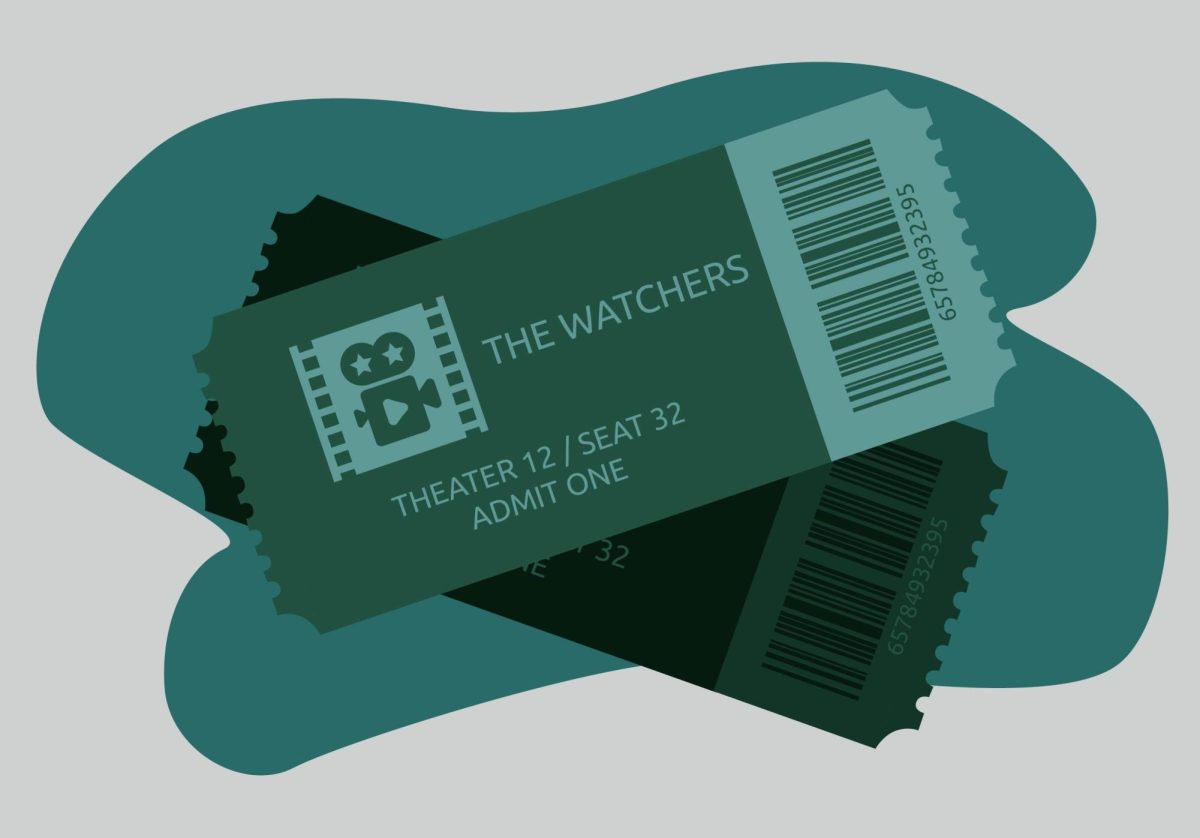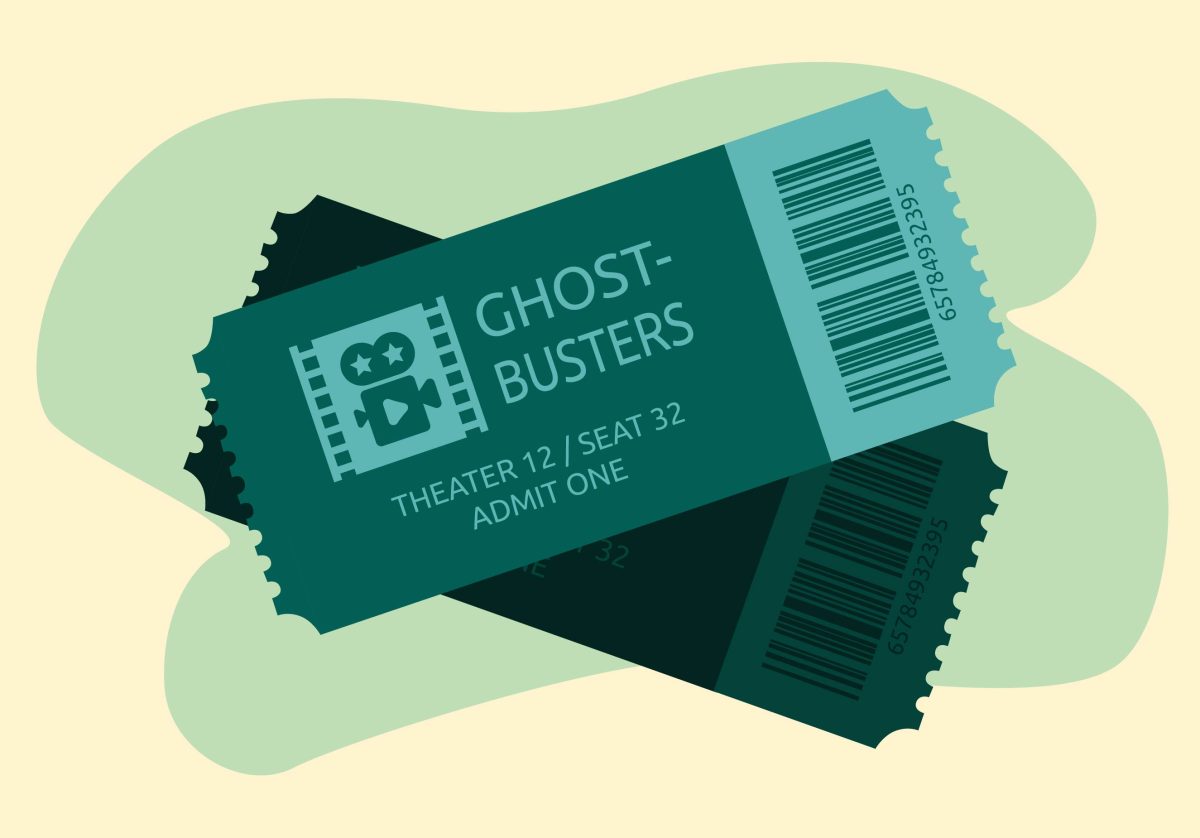Japanese animator Hayao Miyazaki, lately of the film Spirited Away (currently showing at the Uptown Theater) is a greatly ambiguous filmmaker, and I adore him for it. American films sometimes seem to exist in a preposterously moral universe, where characters are defined, melodramatically, by being essentially good or fundamentally evil. And wicked characters inevitably know that they are wicked, enjoy their wickedness and discuss it in detail. (I think of Gary Oldman in Lost in Space, upon entering a ghostly space ship, sniffing and declaring that great wrong is afoot, and he can be sure of it because “evil knows evil.”)
In the last Miyazaki film to be widely distributed in the United States, 1997’s Princess Mononoke, the director placed his story in a universe at the dawn of an age of metal, where ancient forests are consumed to feed the fires of enormous forges, which are then dedicated to building rifles. These, in turn, become the tools used to exterminate ancient woodland gods, a cycle of violence meticulously rendered by Miyazaki. In his film’s opening sequence, a massive, worm-ridden beast emerges from a forest, threatening a peaceful tribal village. Once the creature is dispatched, the worms fall away, revealing the beast to be a giant boar, a forest spirit driven mad by a single bullet lodged in his hide.
The film details Miyazaki’s complex ecological sensibilities. He is, it must be said, unambiguously environmentalist in spirit, and his films repeatedly return to images of the natural world driven out of balance by man’s encroachment. But Princess Mononoke contains a surprise, in the form of a character named Lady Eboshi, a weapons manufacturer, chief of the forge, and the character primarily responsible for the film’s ecological destruction. When we first meet Eboshi, she takes the viewer on a walking tour through the fortress that houses her forge, and we discover that her employees are rescued from brothels, and that her fellow weapons designers are lepers, all of whom regard her as their savior. Eboshi is a character that American films would tend to treat as wholly destructive. As presented by Miyazaki, she is at once injurious and heroic. The characters in his densely animated films are almost always this way, in turns terrible and magnificent, sometimes both at the same moment.
Spirited Away is constructed from the language of fairy tales, and follows the adventures of a 10-year-old girl named Chihiro, who stumbles into her own rabbit hole in the form of a bathhouse for the spirits. This magnificent structure towers into the sky, floors linked by a rickety series of wooden staircases and crowded elevators. It is as dense a world as any Miyazaki has created: The film hints at dense networks of social relationships between the spirits who work within the building, who crowd each frame, arguing with each other, their faces elongated, their eyes round and froglike. Chihiro has become trapped in this spirit world, contractually bound to work at the bathhouse, and she spends much of the film wandering within its rice paper walls.
Here she encounters a series of bizarre characters that would make Lewis Carroll envious, from a spider-legged, sunglass-wearing furnace operator in the bathhouse’s lowest lever to the building’s supervisor, who resides on the top floor. She is a nightmarish figure with a greatly oversized, shrewish head and a nine-foot-tall, wantonly destructive baby. These characters have cruel, frightening countenances, abrupt manners, and seem primarily driven by greed; few take much note of the frightened girl in their midst, except to bully her into taking on the bathhouse’s most unpleasant chores.
Miyazaki is at his most ambiguous here, and the story is richer for it. Characters who start out abusive toward Chihiro suddenly treat her with great compassion, while others, who begin the film assisting her, will suddenly turn chilly. One, a young sorcerer named Haku, alternates so quickly between aiding Chihiro and ignoring her that she wonders aloud if he is two different people. Of all the characters in Spirited Away, only Chihiro seems wholly good, but her actions, however noble in intention, sometimes have unforeseen , and notably awful, results. Midway through the film, Chihiro notices a shadowy, masked figured lurking in the rain outside the bathhouse. She leaves the door open for him – a sweet gesture, but once inside, this odd spirit begins wantonly consuming anything within reach, including other spirits. This sort of morbid gluttony is a running theme in the film, by the way: Chihiro’s parents, pressed up to a counter in a spirit restaurant, consume so swinishly that they literally transform into pigs.
Of Miyazaki’s recent films, Spirited Away might be his least openly environmental in tone. At the same time, one of the most alarming transformations is rooted in an image of spoilt nature, Miyazaki’s usual theme. Presented as a long, comic tableau, Miyazaki shows the bathhouse thrown into an uproar by the appearance of a muddy, malodorous spirit – “An especially smelly one,” a character declares in comical horror. The care of this spirit is left to Chihiro, who bathes it with great care, eventually discovering a handle lodged in the folds of the creature’s exterior. As the denizens of the bathhouse labor together to remove the handle, a variety of detritus flows from the creatures body in a wash of brackish sludge, including a well-rusted bicycle. Once freed from these contaminants, the creature reveals itself as a grinning, sweet-tempered river spirit, long polluted. This is vintage Miyazaki: a thing that seems to be awful turns out to be a thing of great wonder, and a comical sequence masks a rich, complex metaphor. Miyazaki’s worlds may be ambiguous and occasionally terrifying (there are images in Spirited Away that could feed a dozen nightmares), but it is these exact qualities that make Miyazaki’s world so fascinating. The director’s films sometimes seems so amorphous, his characters so filled with subtle shadings and quick shifts in behavior, that, were we to go back and see these films again, we couldn’t be sure that we would see the same story at all.
Spirited Away. Rated PG. Directed by Hayao Miyazaki. Featuring the voices of Daveigh Chase, Lauren Holly, Michael Chiklis. Now playing at the Uptown Theater.
















